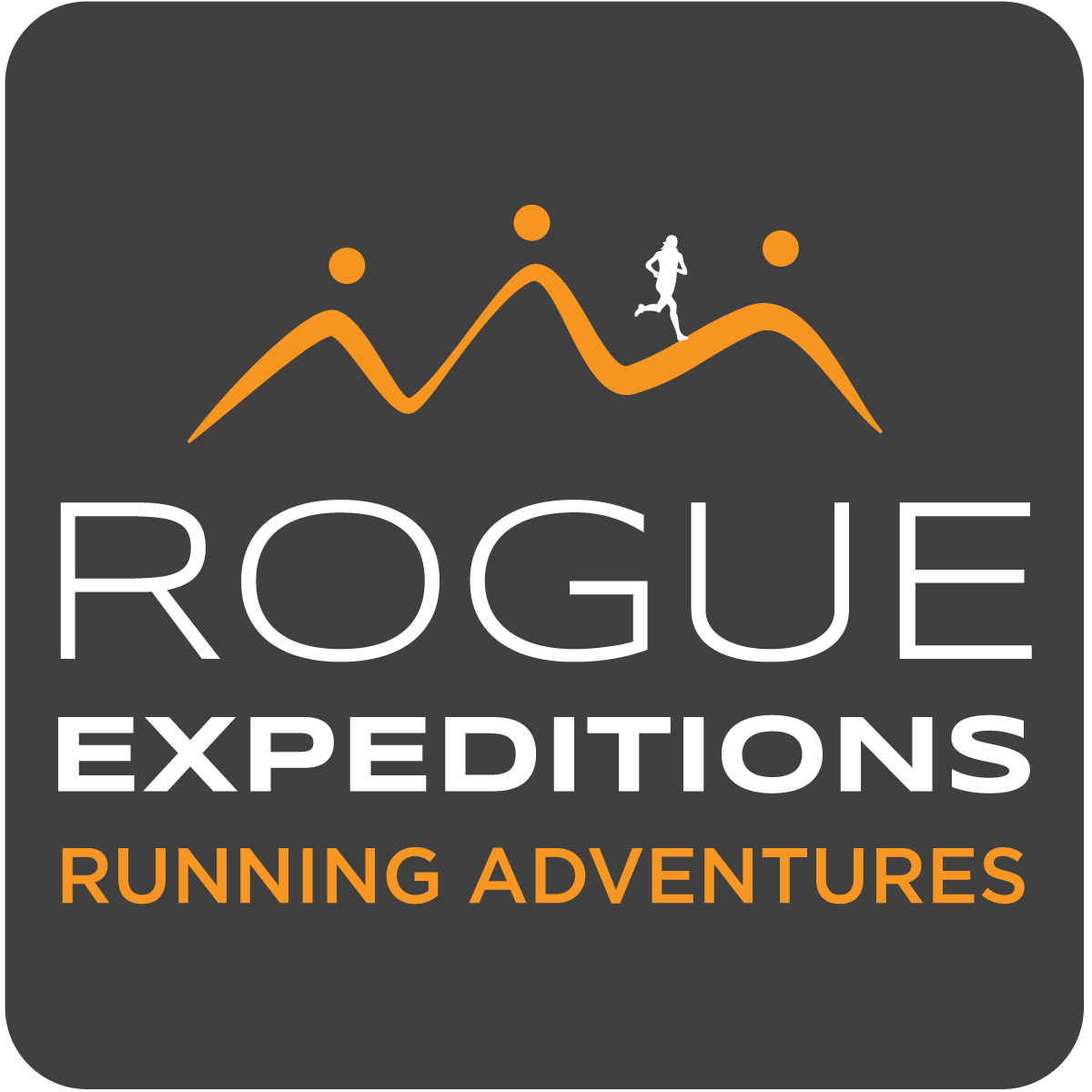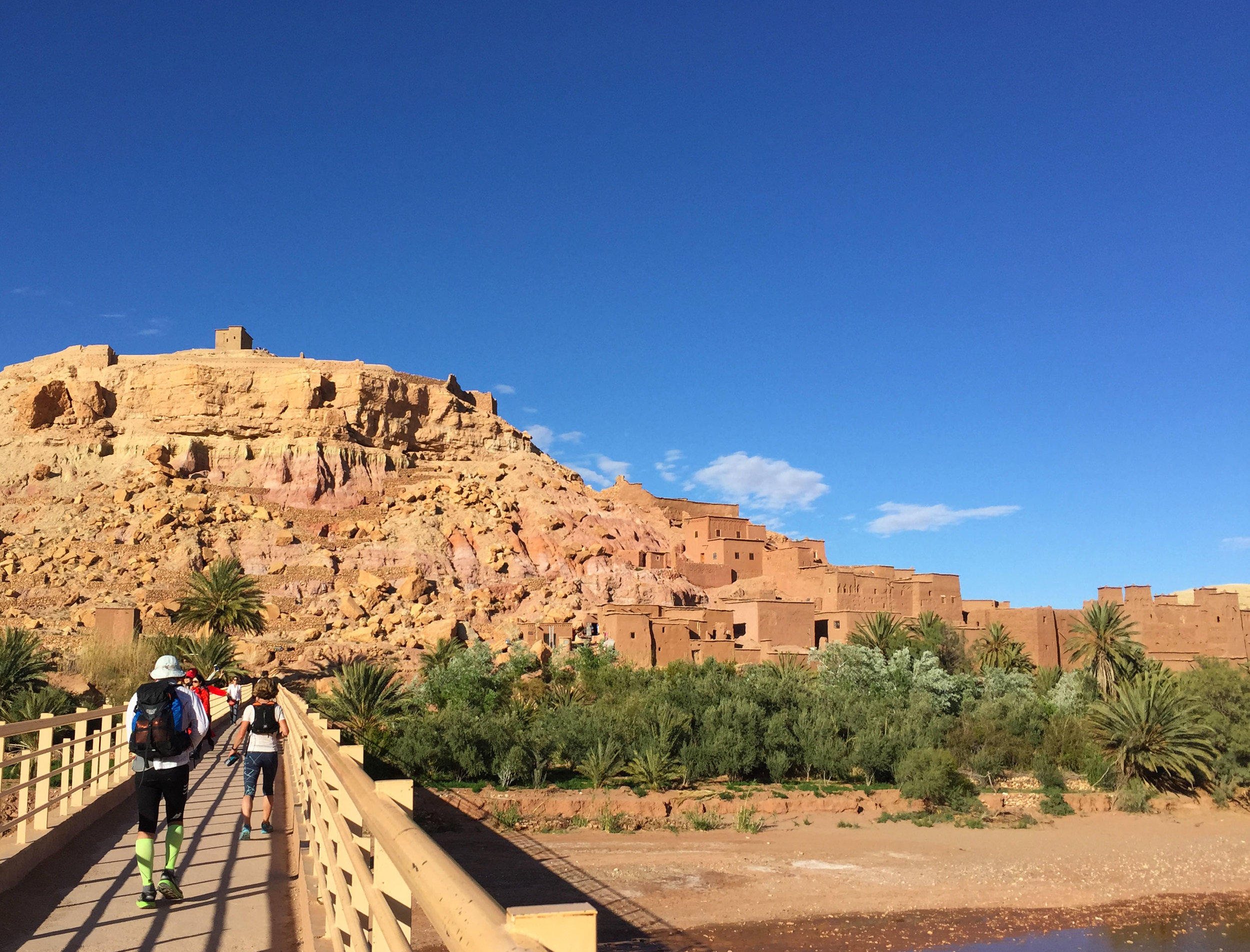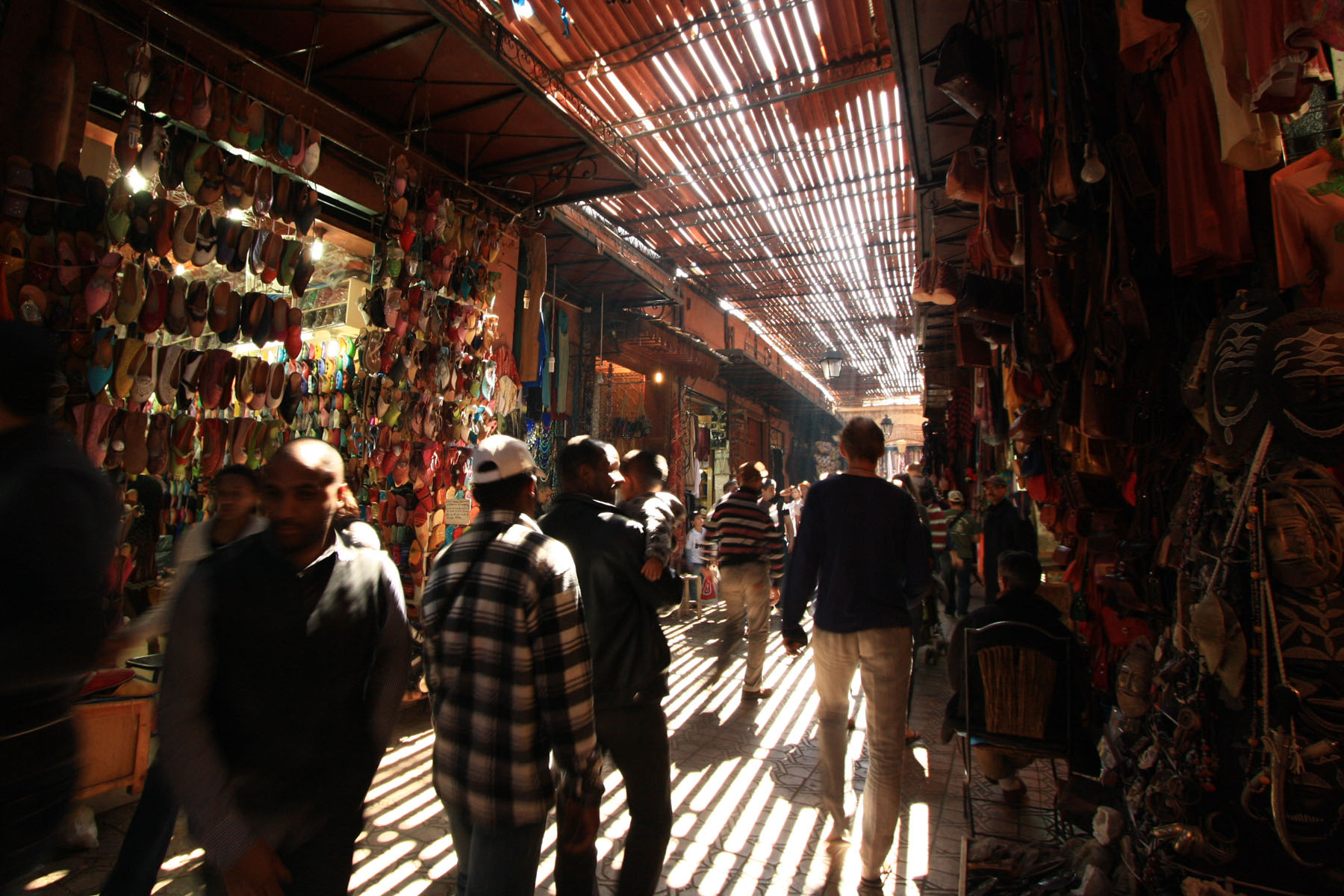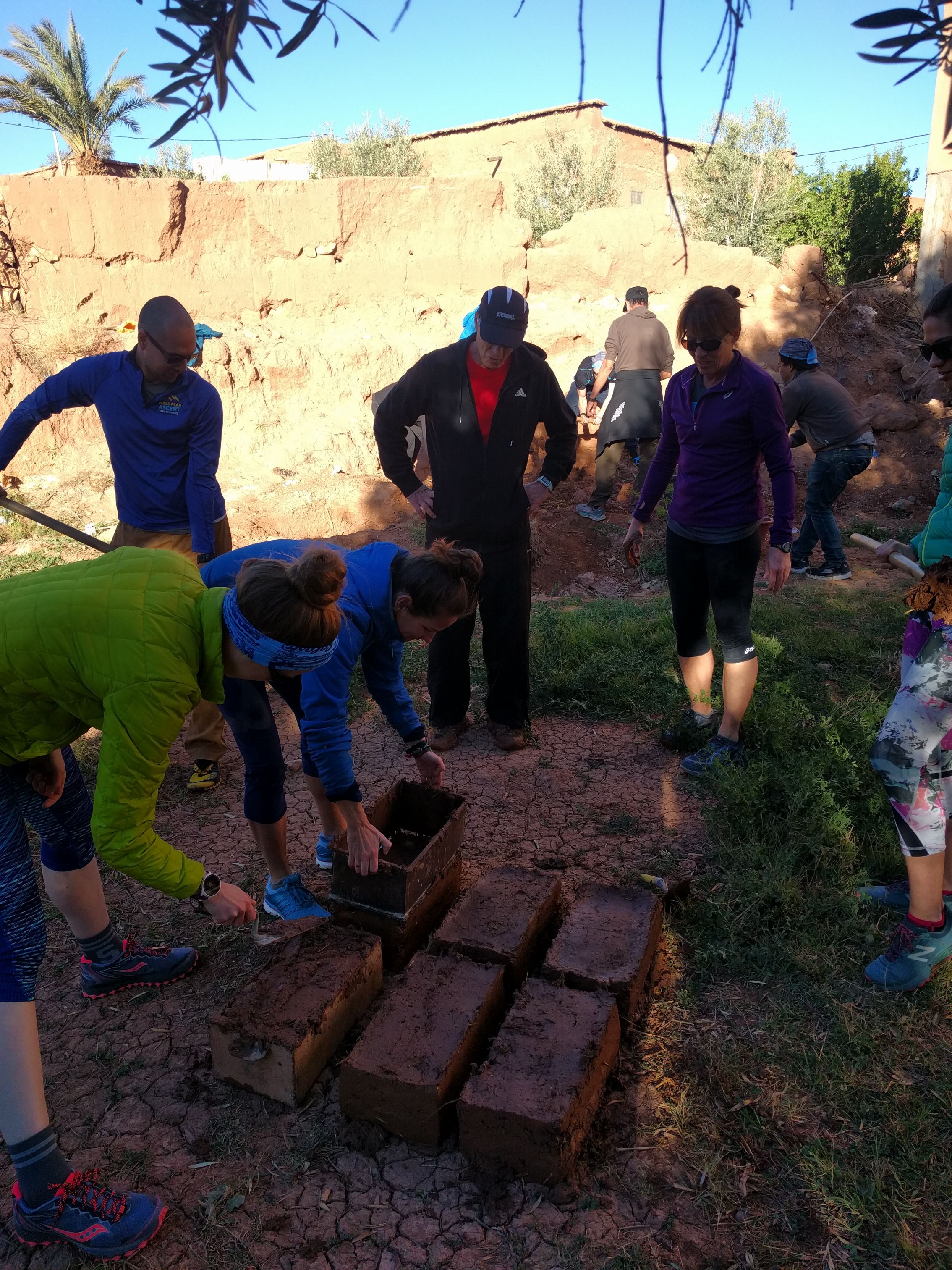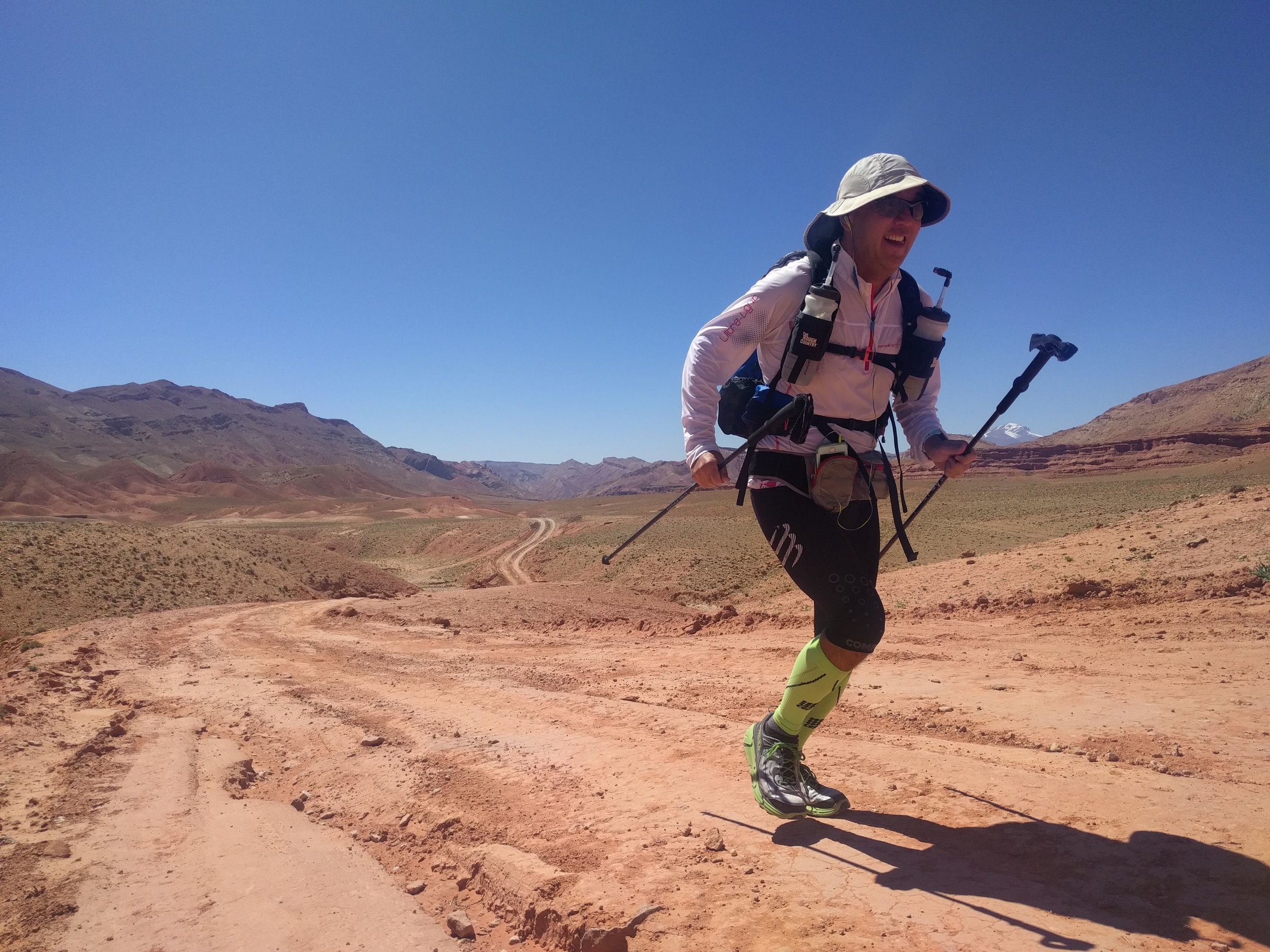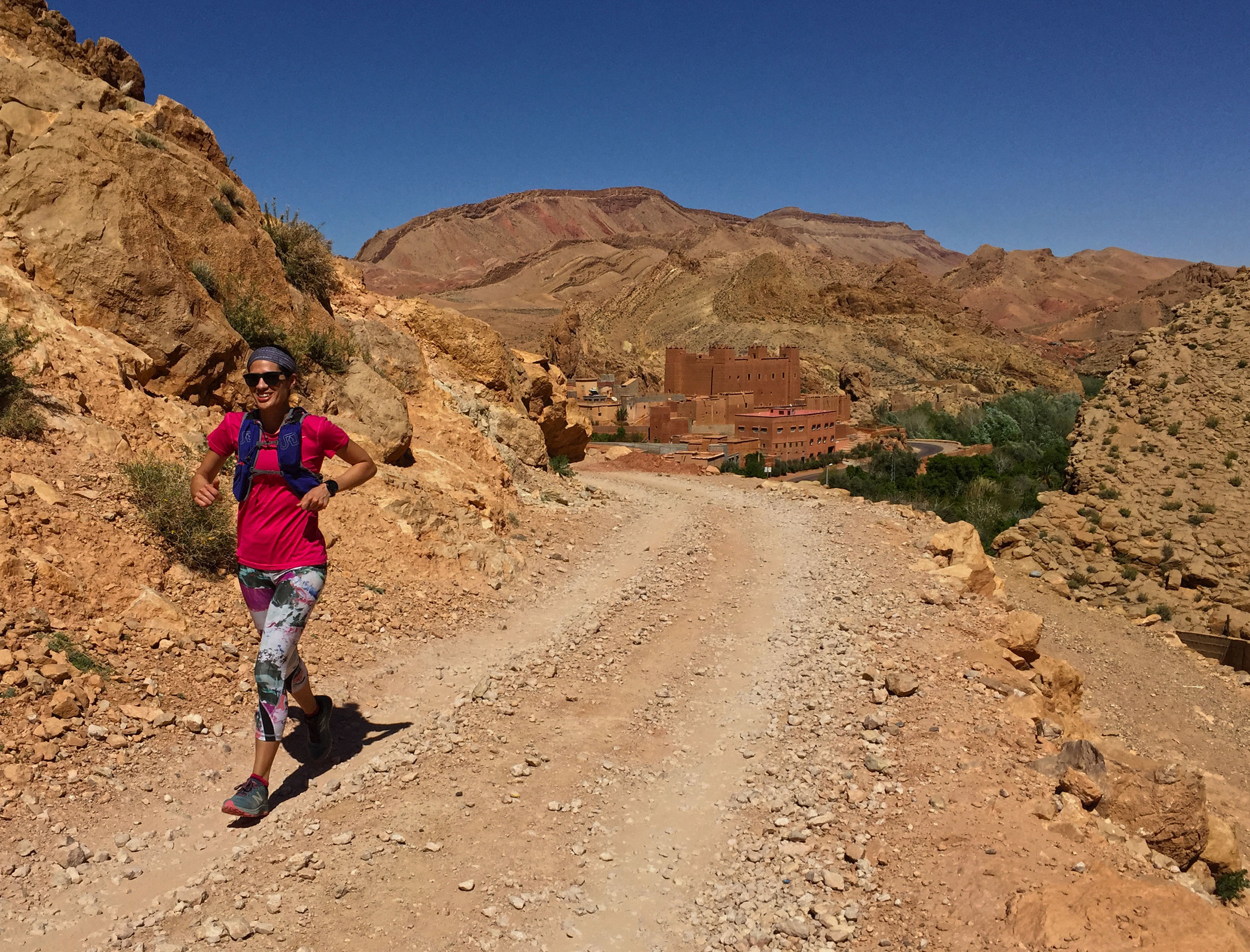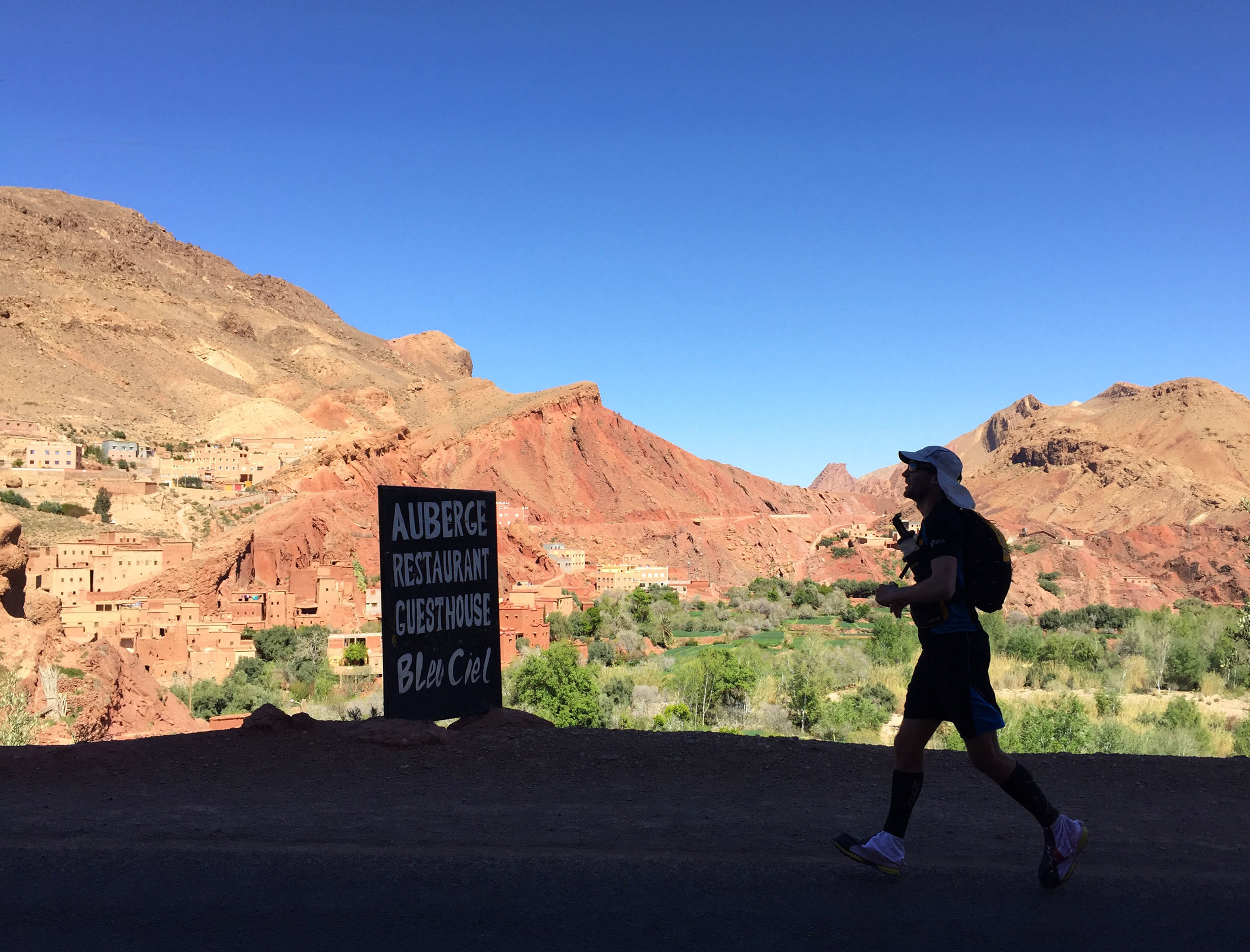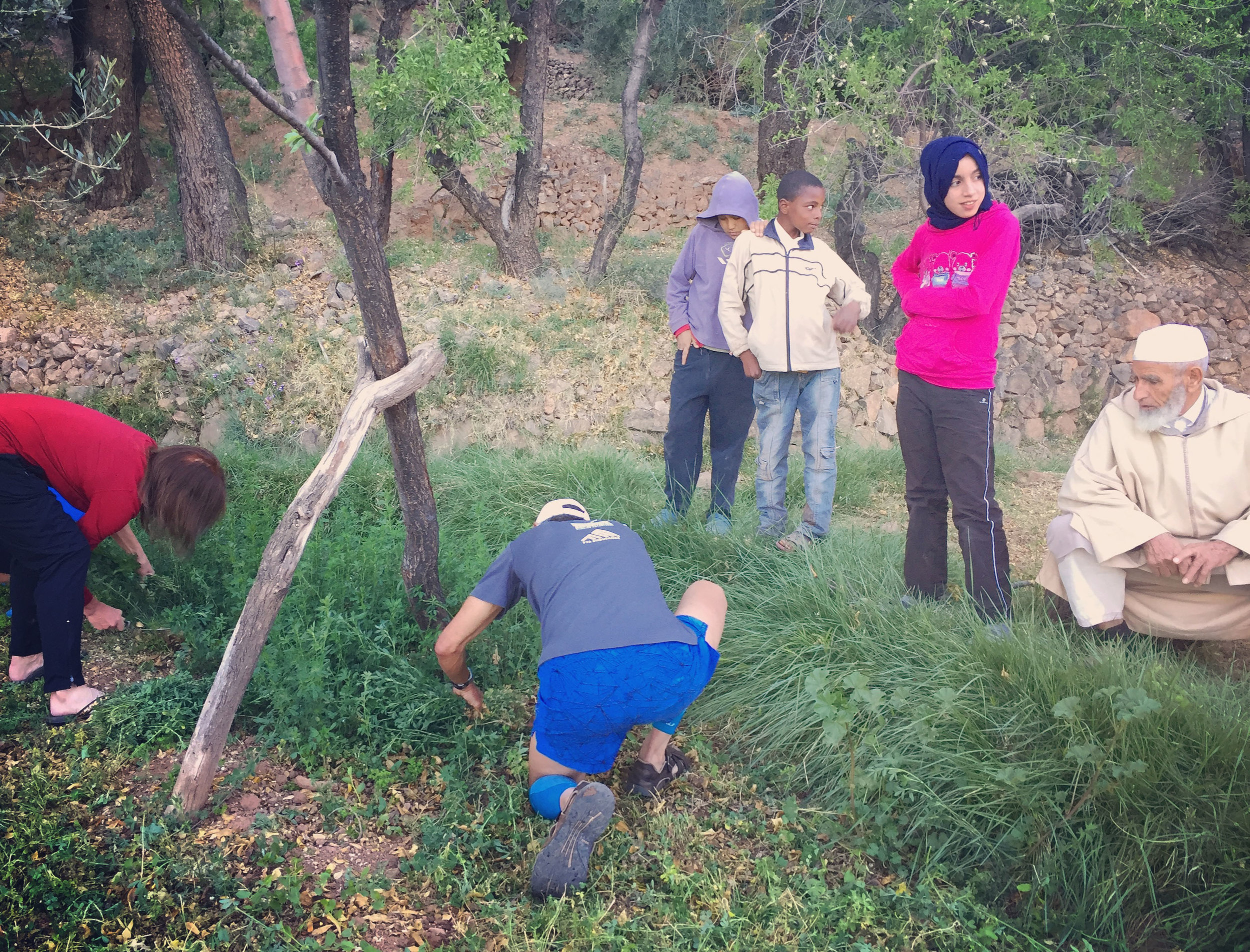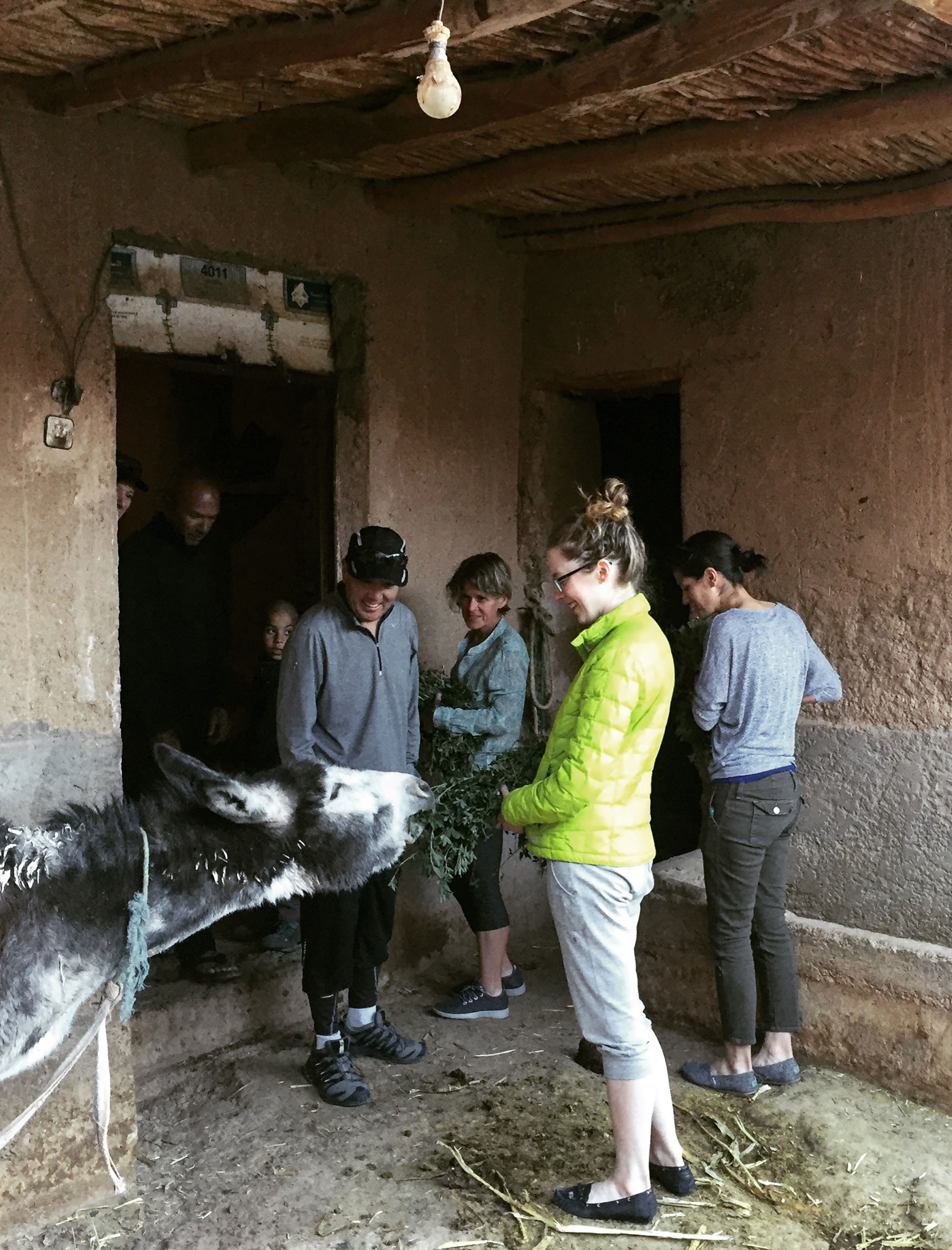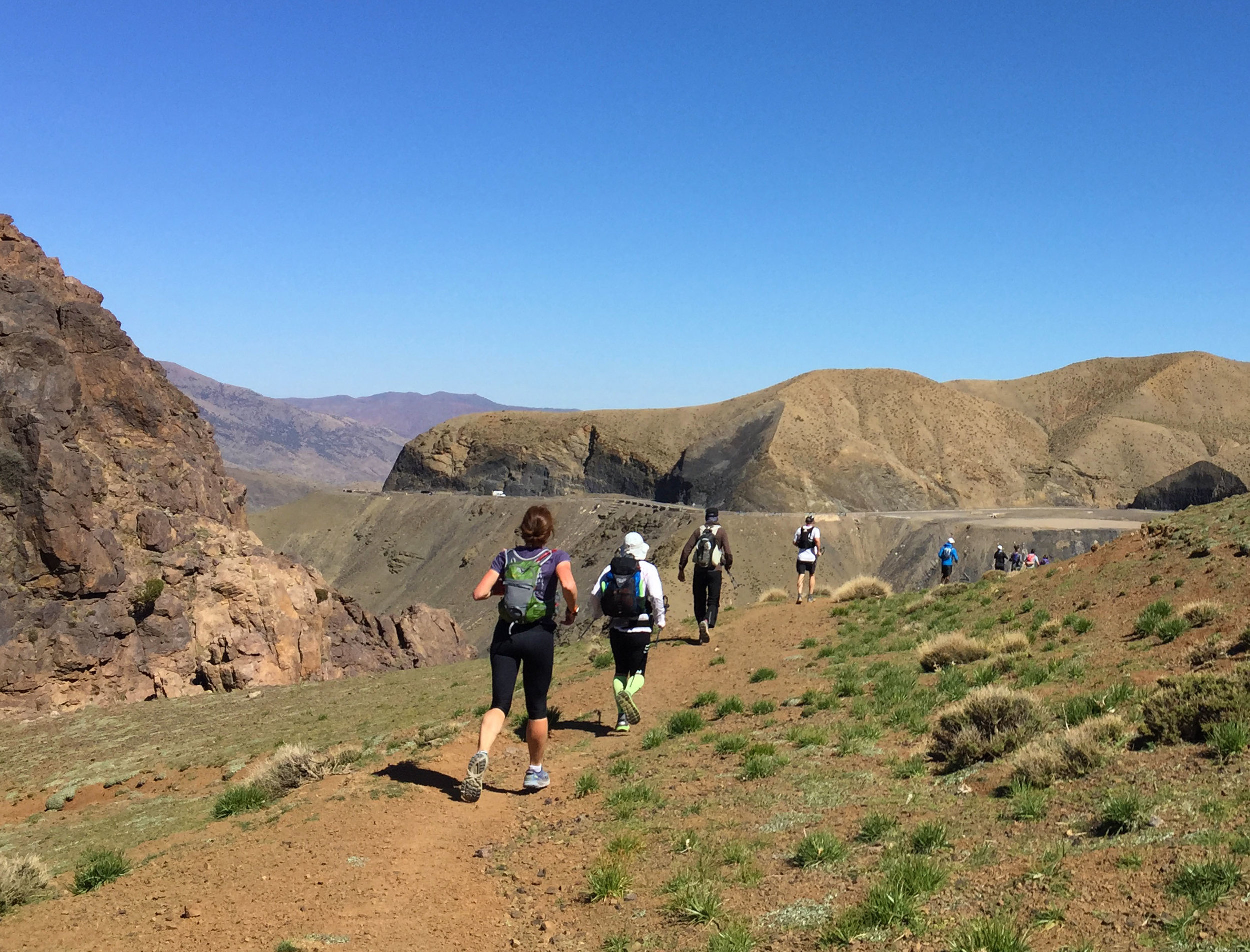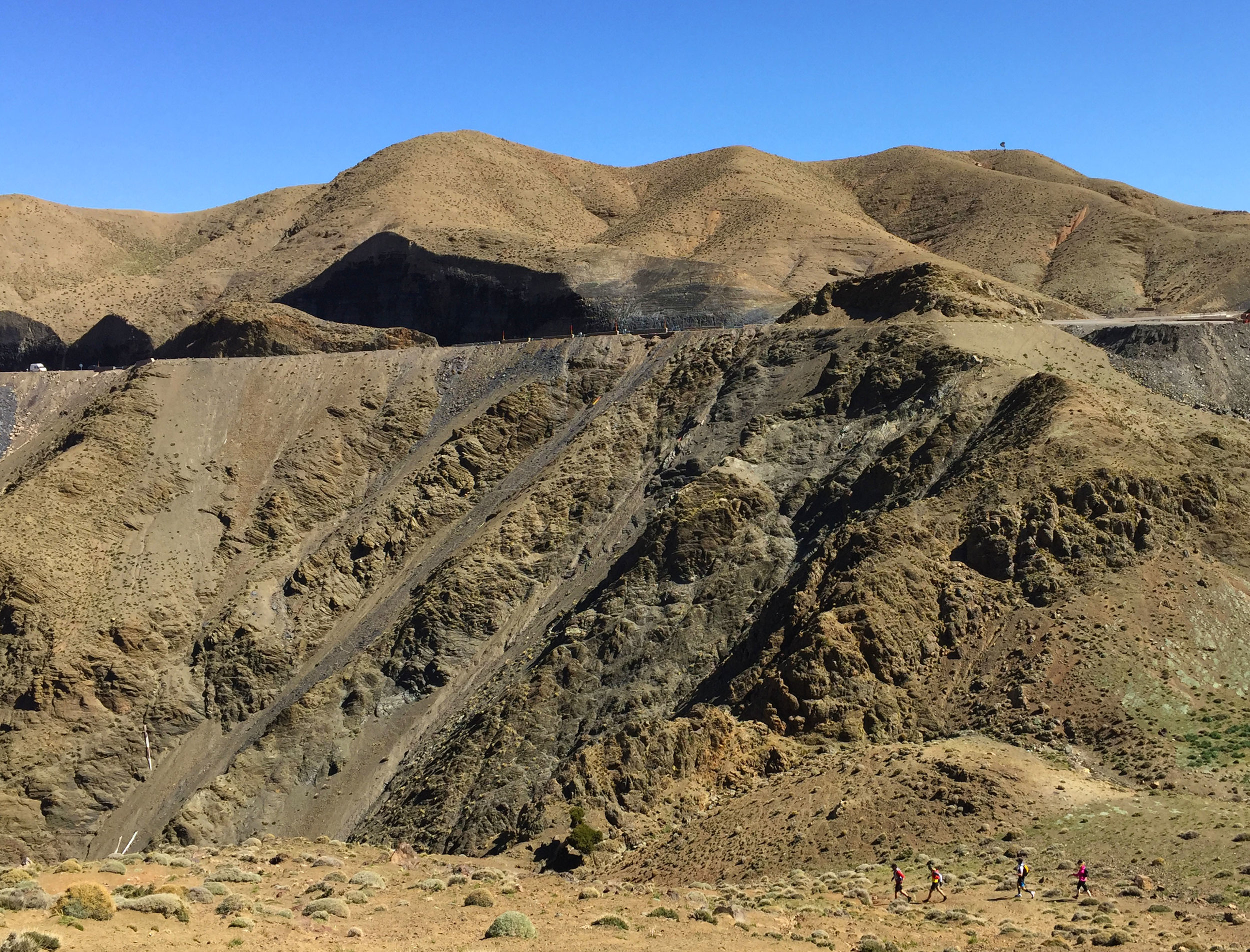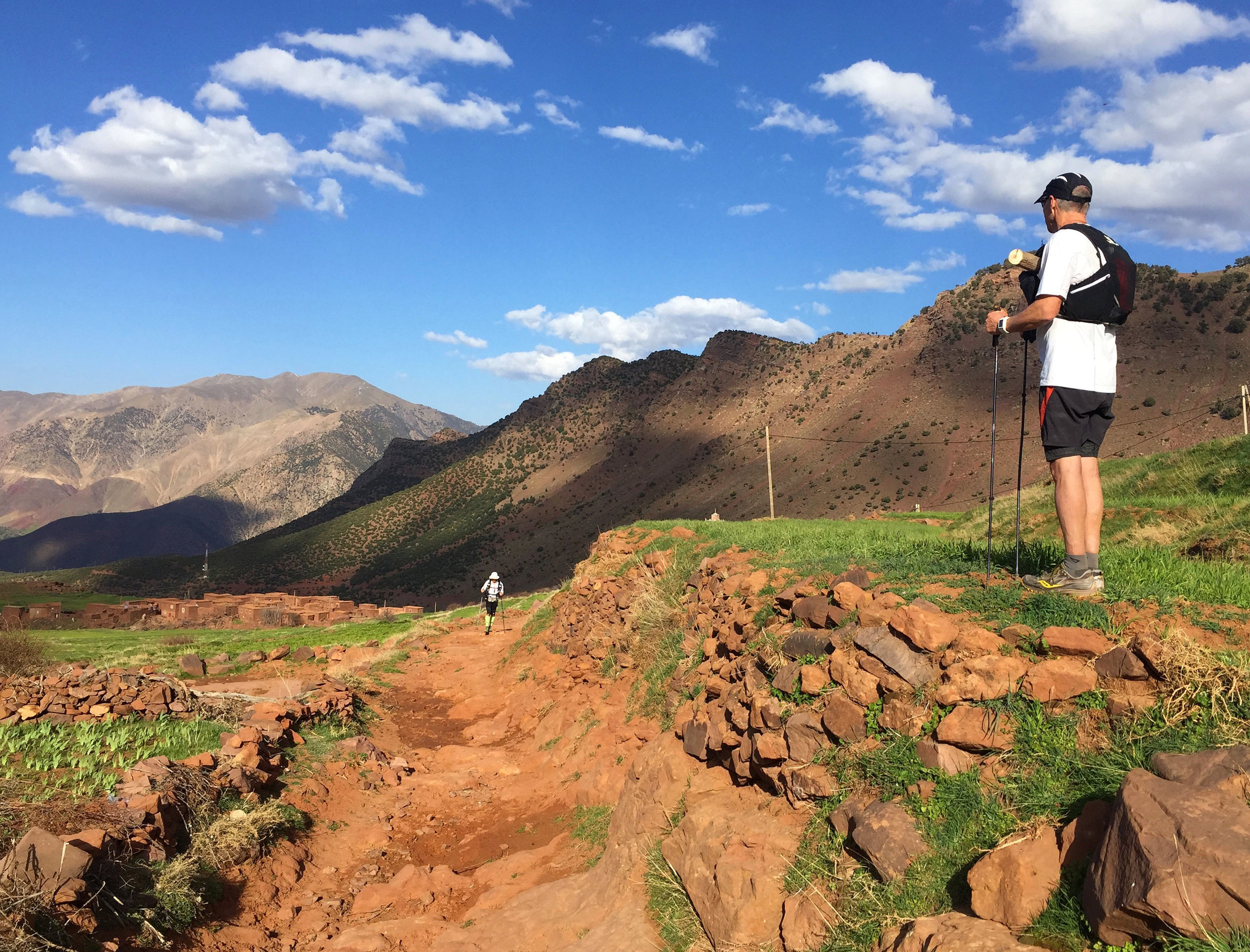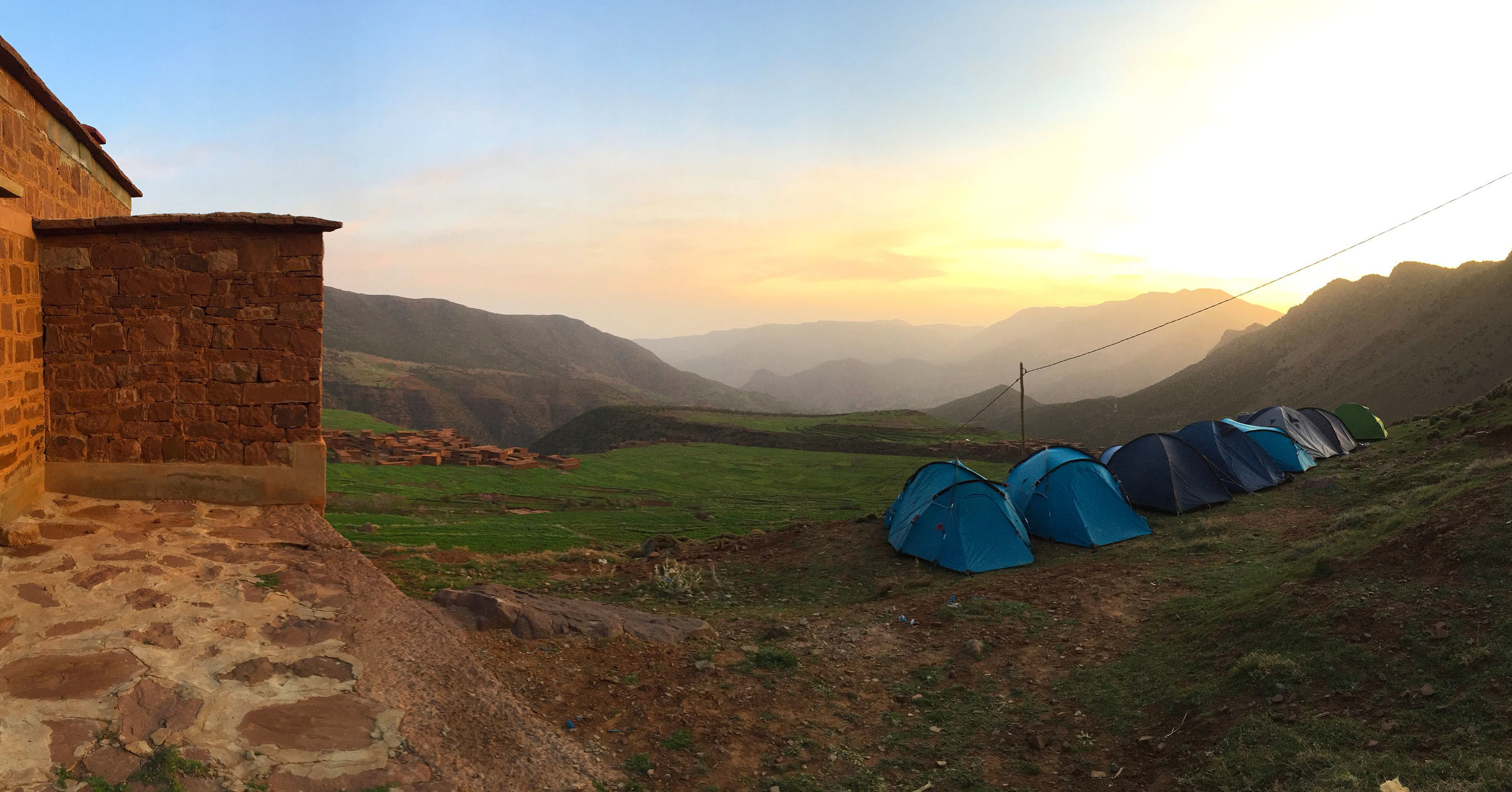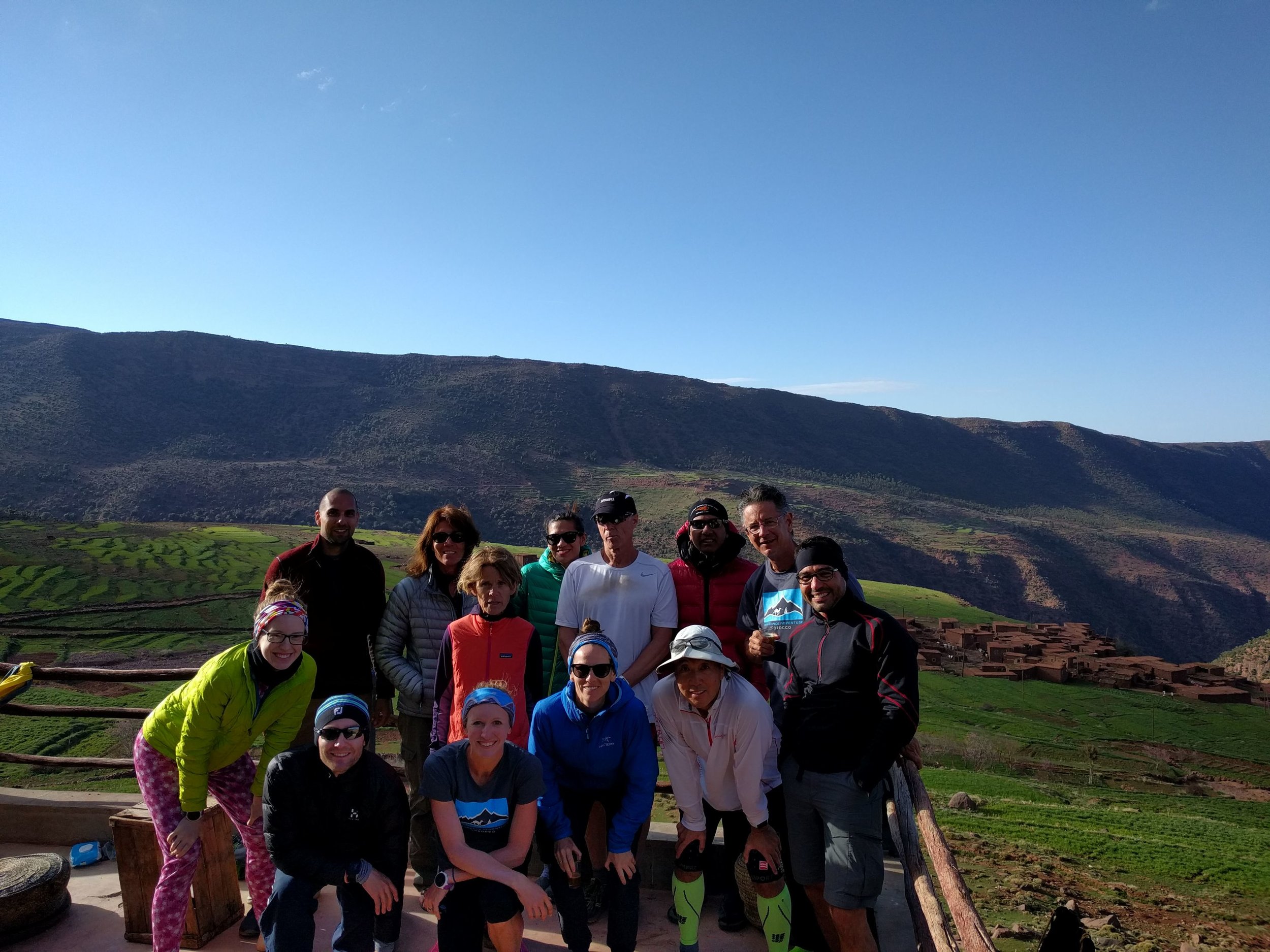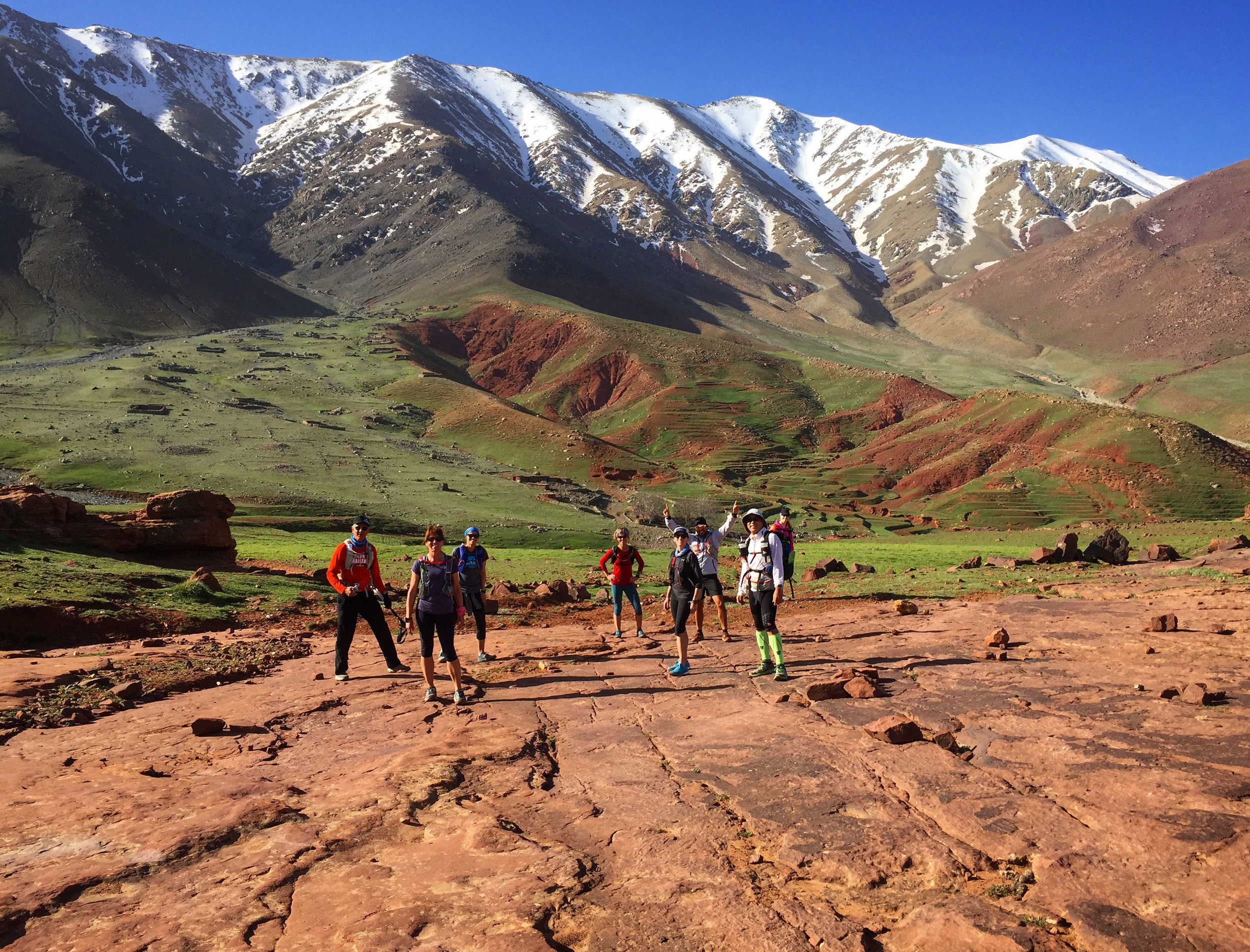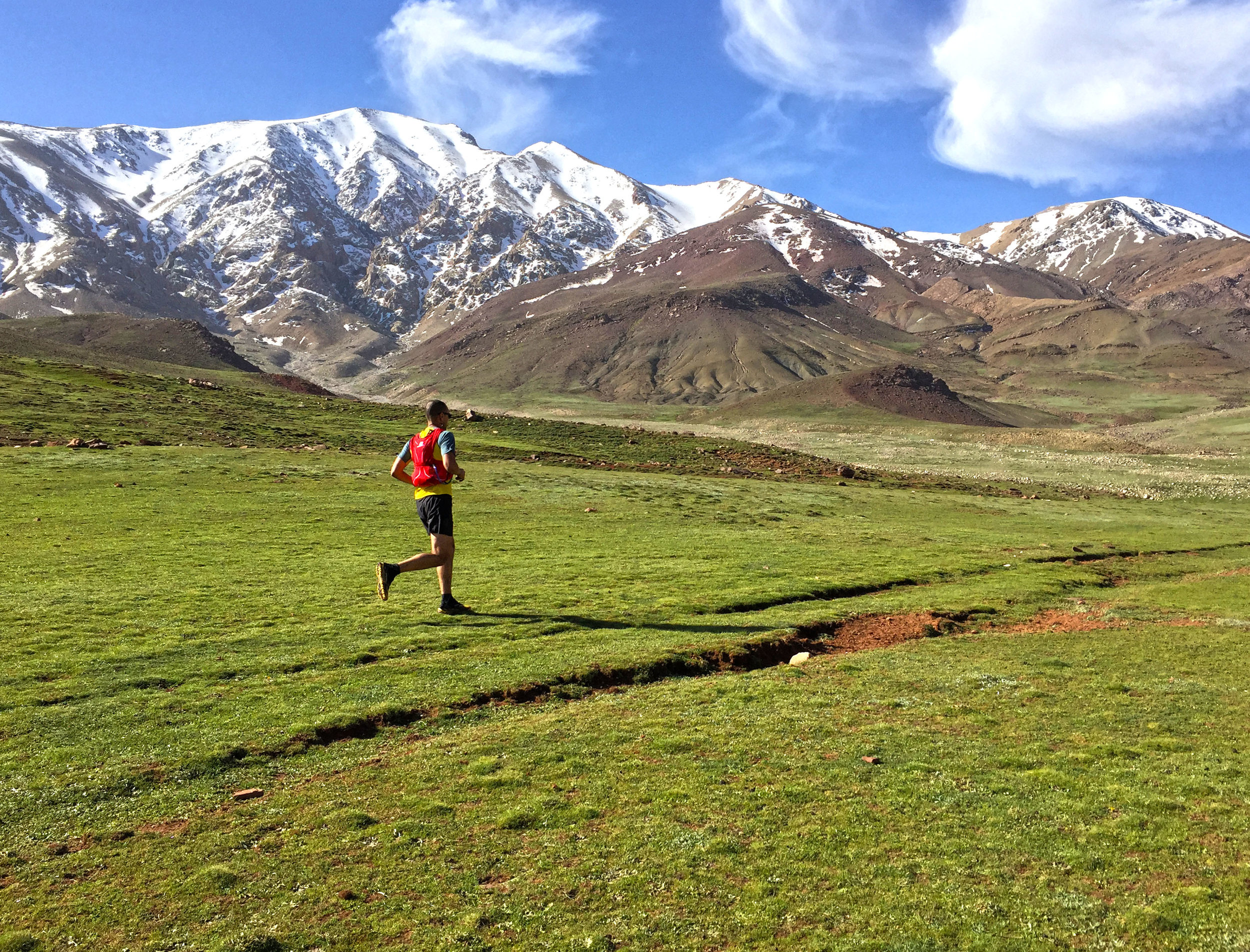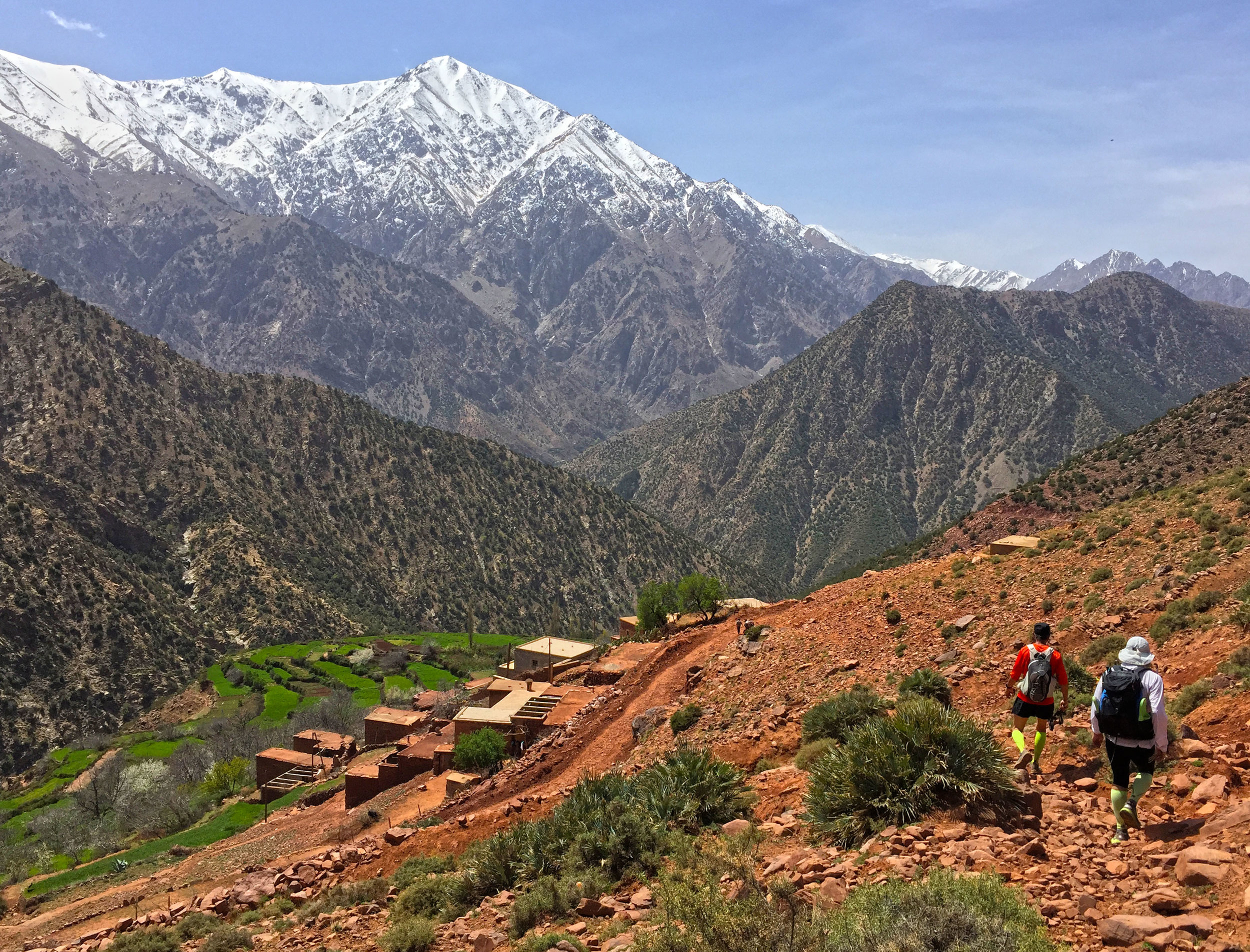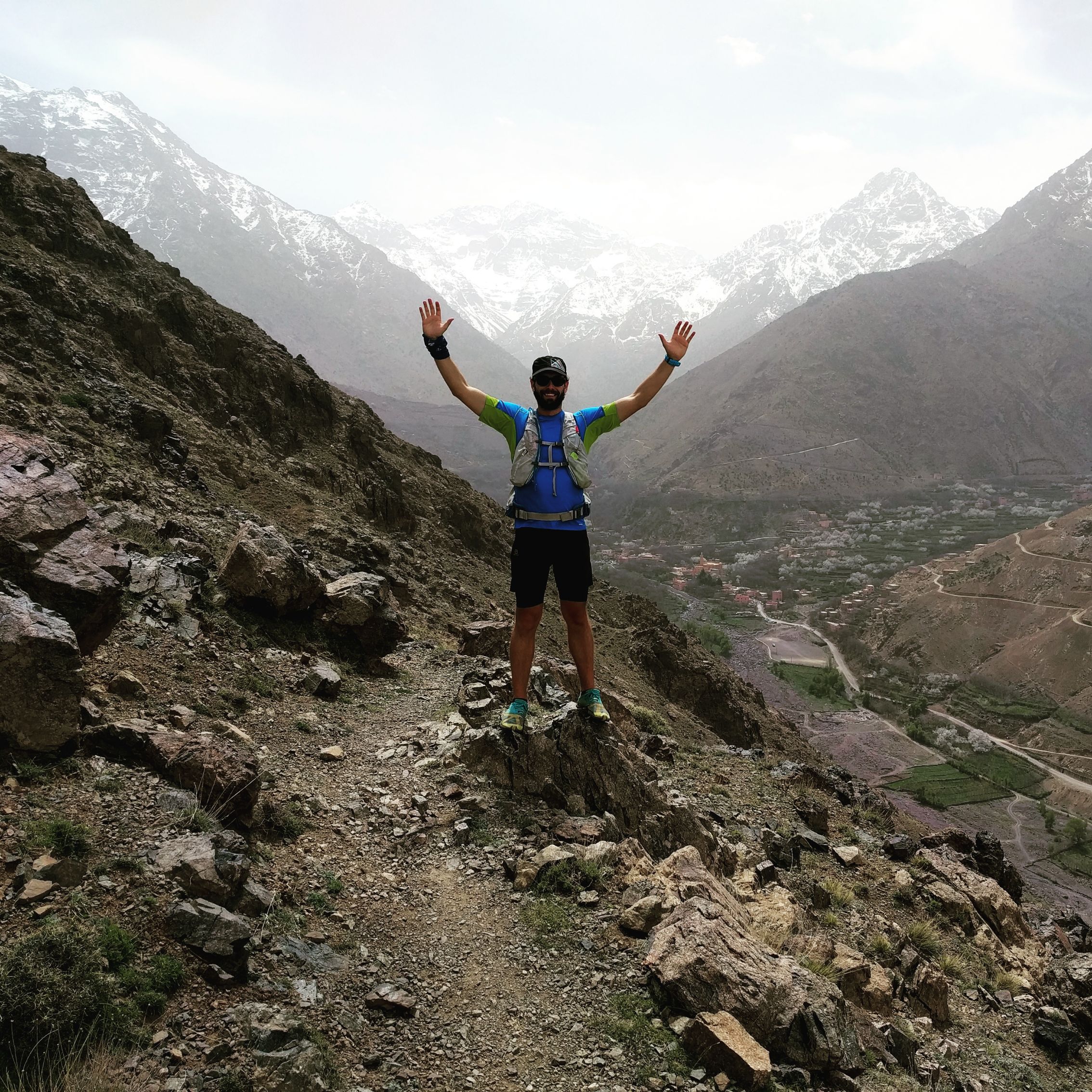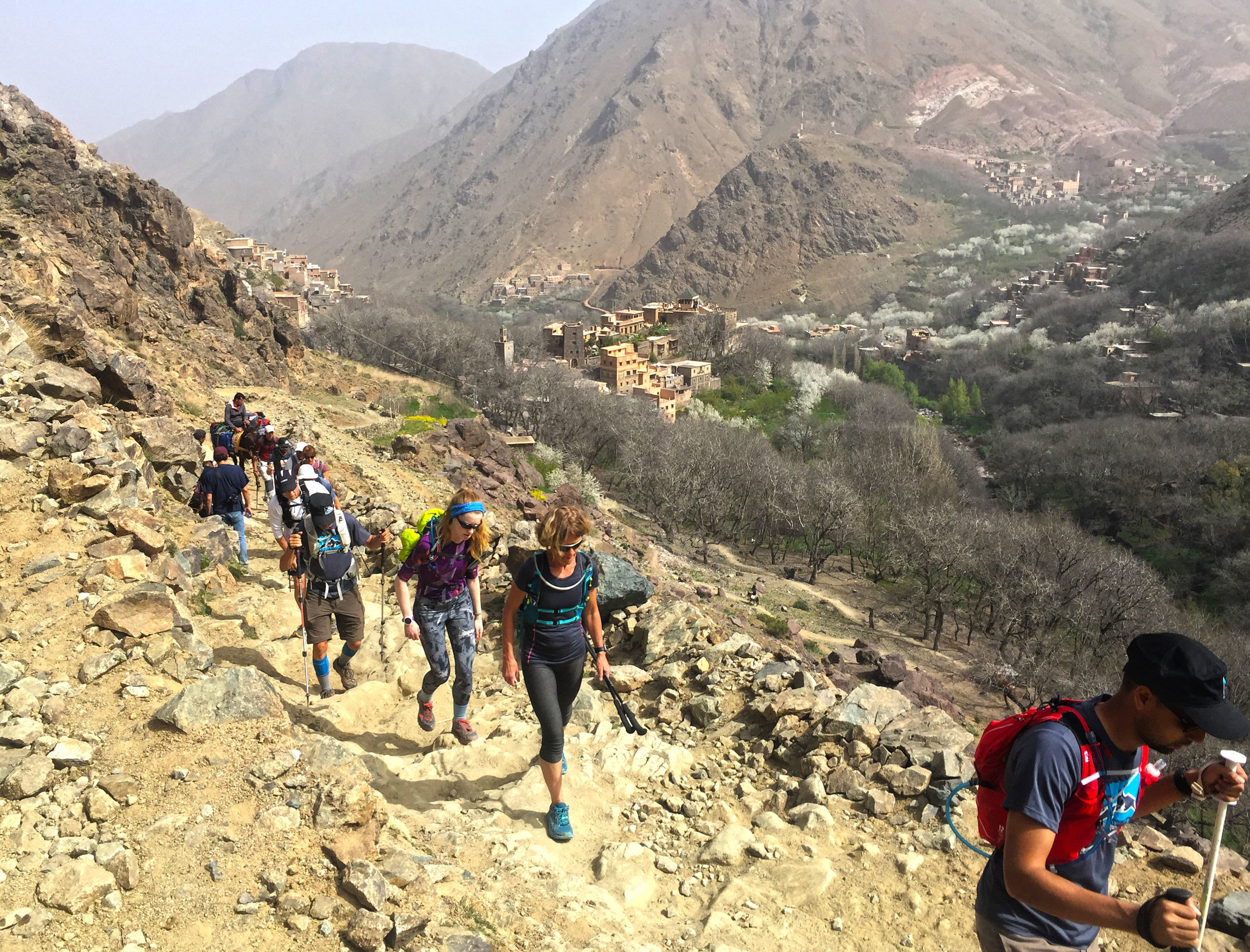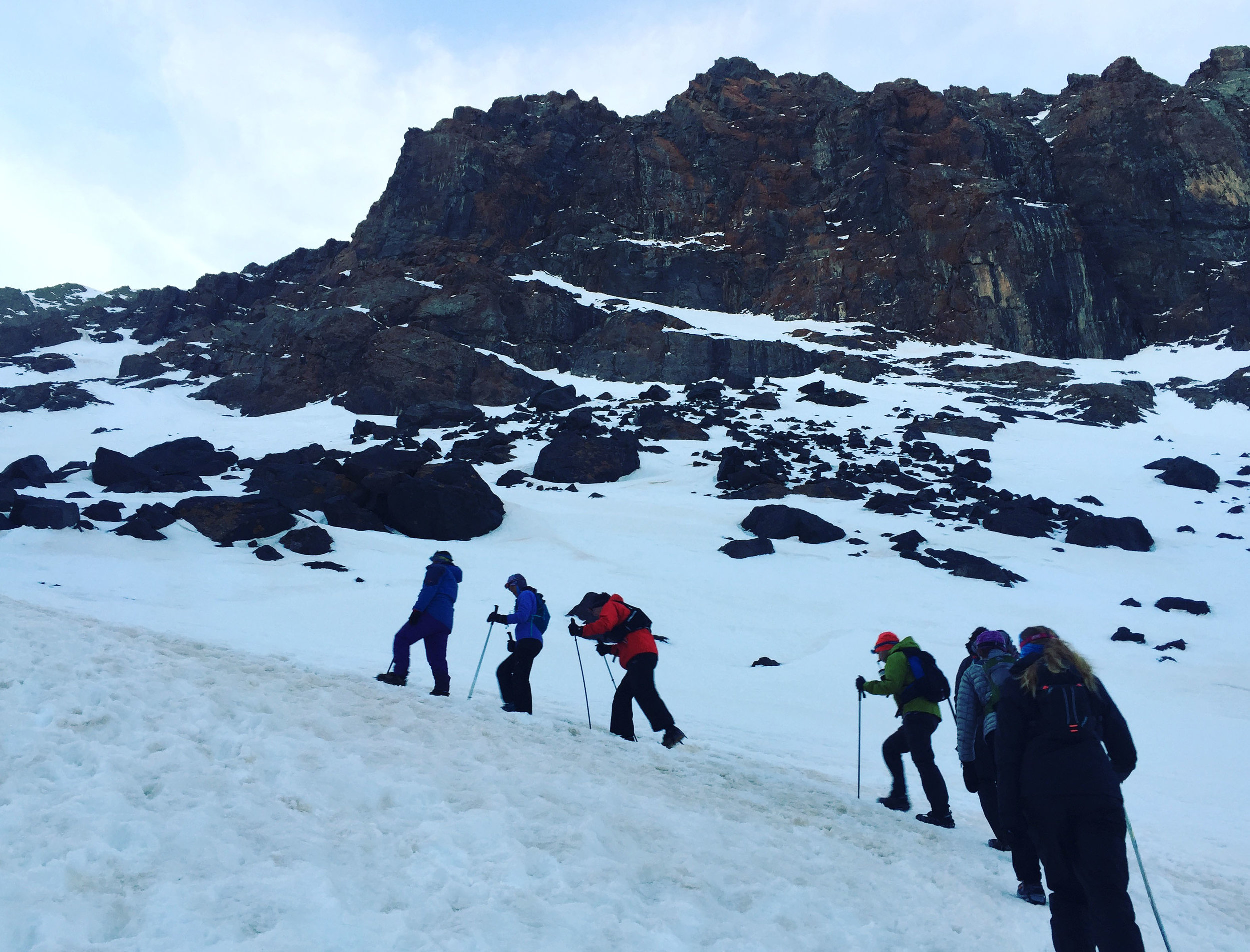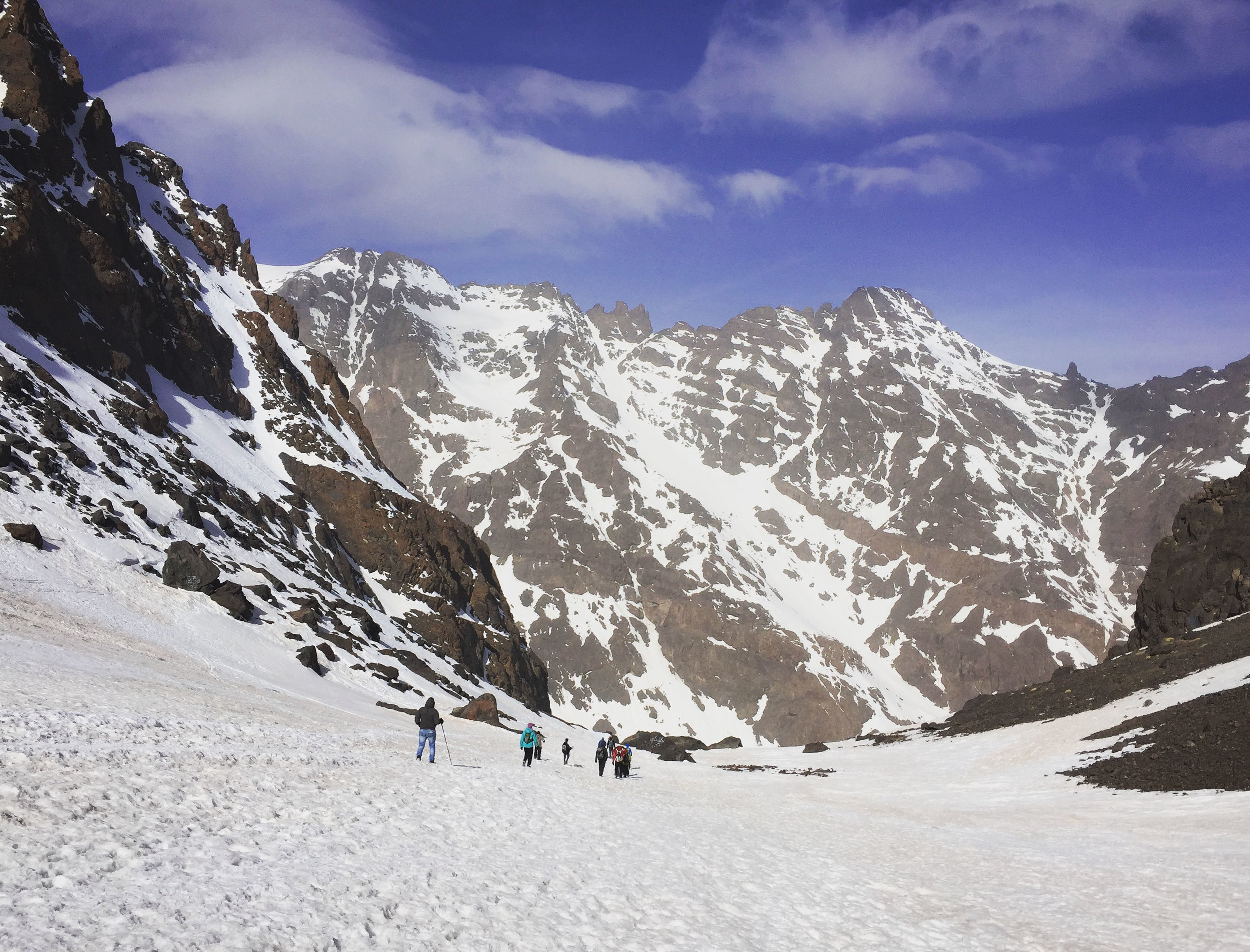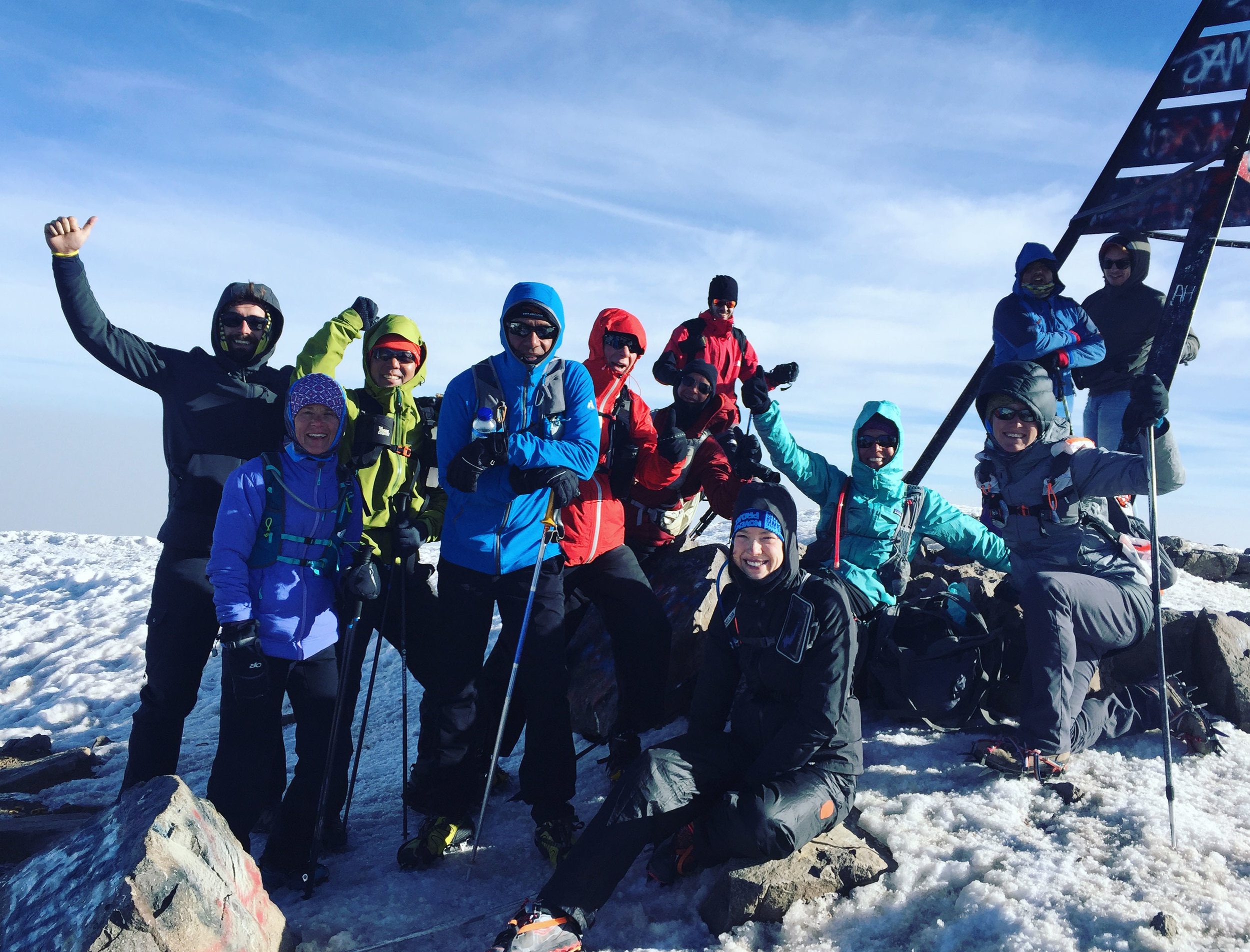What type of people go on Rogue Expeditions running trips? It seems that everyone worries that they'll either be too slow, or too fast. That the mileage will be too difficult, or not challenging enough. That they'll be too old, or too young. That the other people will be super serious running geeks who talk about nothing but training, or that the other people will all be there to take it reeeeeeally easy. That they'll be the only person who doesn't know anyone else.
In truth, there is no "type." The trips attract all sorts of backgrounds, all sorts of ability levels and all sorts of motivations for being there, and the beautiful thing is that it works for just about everyone! To prove it, we are highlighting a number of our runners using their own words. Read on to find out about the running background, pre-trip hesitations, favorite trip memories and most surprising realization of a Rogue Expeditions runner.
Next up is Liz Sponagle, manager of A Snail's Pace Running Shop in southern California and one half of our first mother-daughter duo!
Liz closes out the last few (sandy!) miles to our camp in the Sahara.
Which trip did you do and when?
Run Morocco: Gorges and Sahara (Spring 2016)
Describe your running background:
30+ years running and racing 5k-ultra, 10+ years triathlon/duathlon
(editor's note: she's a legitimate badass)
How did you end up on that trip? What led you to the decision?
A friend in Austin told me about Rogue Expeditions. One look at the website and I knew I wanted to go! The dates matched up nicely with my daughter's college graduation. We're both passionate about travel and running, so it was a perfect fit.
Any hesitations or uncertainties going into it?
None about the trip itself. Sadly, I was coming back from an illness and my daughter from an injury, so we were not in the run shape we're usually in. It was not a huge factor, but I was hoping to be able to run more than I did.
Did you know anyone else in the group beforehand? How was it traveling with a group of strangers?
I did not know anyone going in, but came out with a treasured group of friends.
What was your favorite run and why?
I truly enjoyed all of them for different reasons. Funny enough, I really liked the challenge of the the short steep switchbacks of Dades Gorge. The run through the sand into the camp in the Sahara was tough but so satisfying when I finished and the Todra Gorge was stunning.
Food is a huge part of any travel experience. What was your favorite thing that you ate?
Tagine, of course! Lemon Chicken and Beef with Prunes were outstanding.
Both travel and running have their ups and downs. What was your most challenging moment or issue during the trip? How did you overcome it?
As I said, I wasn't in the shape I'm normally in and wanted to be able to run more than I did, so it was hard at first to let that go and just enjoy where I was. There were some stellar runners on our trip, but I never felt judged by anyone. I normally run first thing in the morning, so the late morning or afternoon runs were hard for me to adapt to, especially getting nutrition in without upsetting my stomach. The upside is, that I have since taught my body to run with food in my stomach. I'll have to go on another Rogue trip to see how I do!
What surprised you the most about the experience?
The entire trip exceeded my expectations, from the lovely places we stayed, to the mind blowing scenery, topped off by the friendly and generous people we met along the way.
"Runcation" vs a race: what do you think are some of the key similarities and differences? Or are they even comparable?
It was like a destination race without the pressure. You want to be in the best shape possible to make the most of the experience, though even if you're not in top condition, the journey is an absolute pleasure. When people ask about my trip, they sometimes can't quite get the concept of traveling somewhere to just run...without a finish line.
Sum up your Rogue Expeditions experience in one sentence:
My trip with Rogue Expeditions was the difficult to attain, perfect combination of adventure, physical challenge, cultural immersion and indulgence with a warm group of fun people in one of the most beautiful places on the planet.
